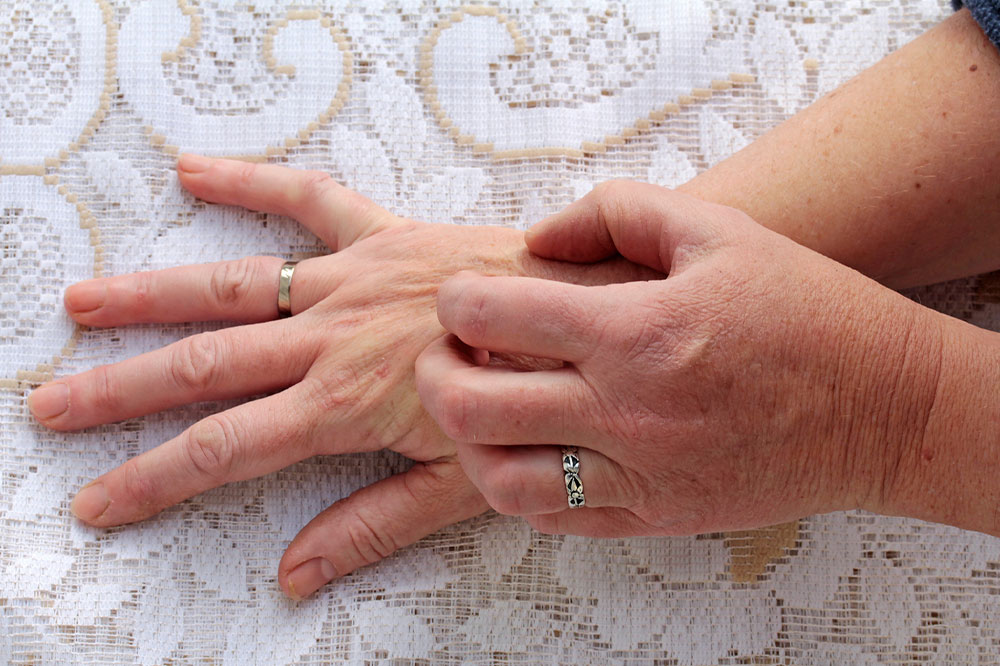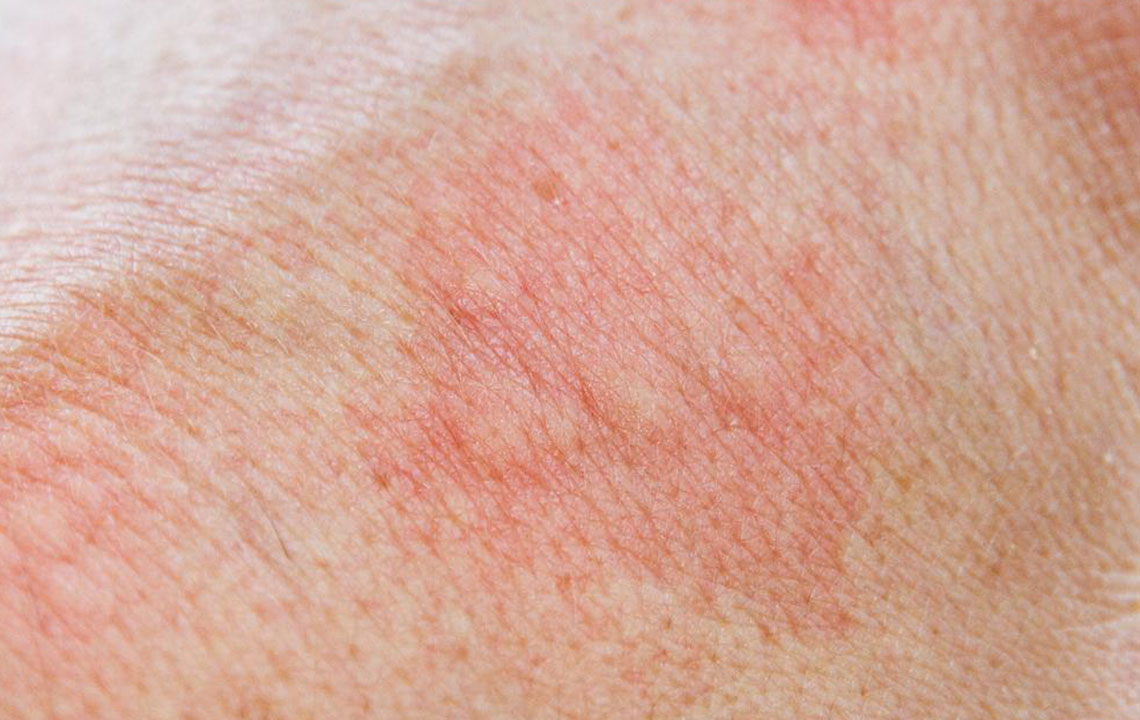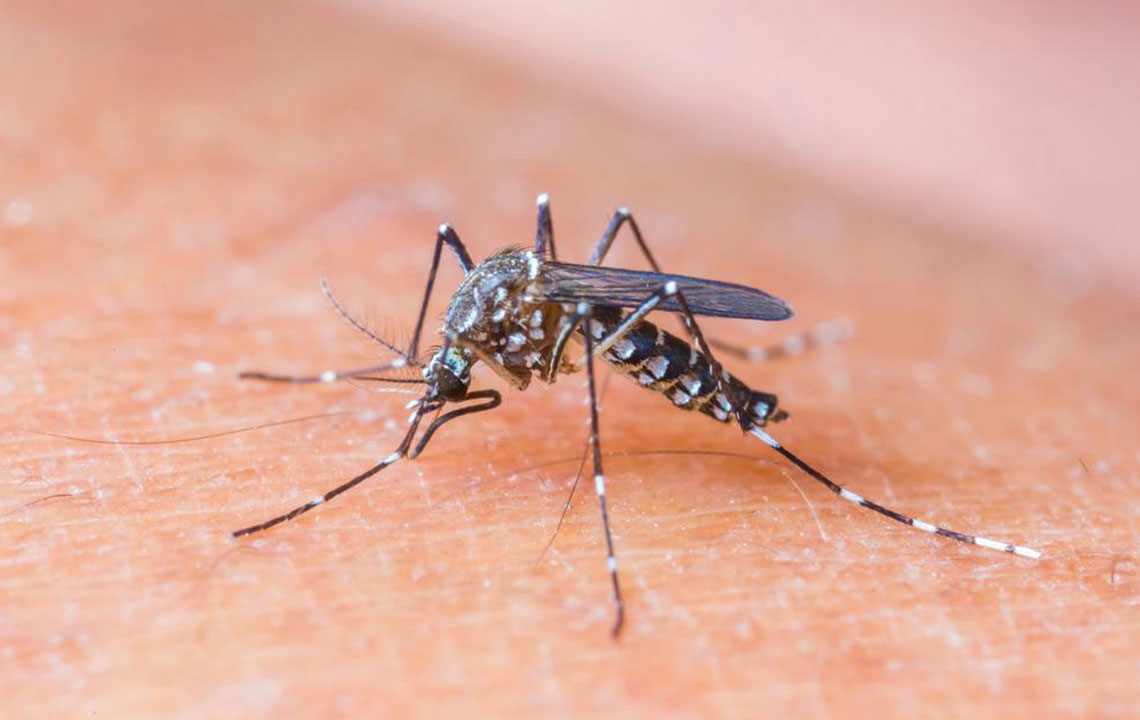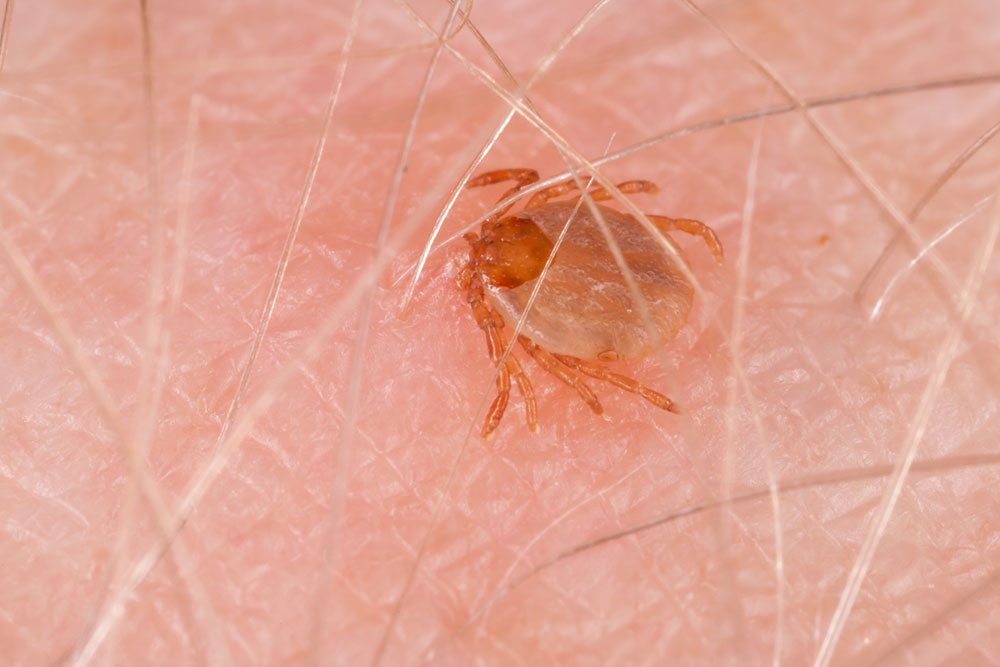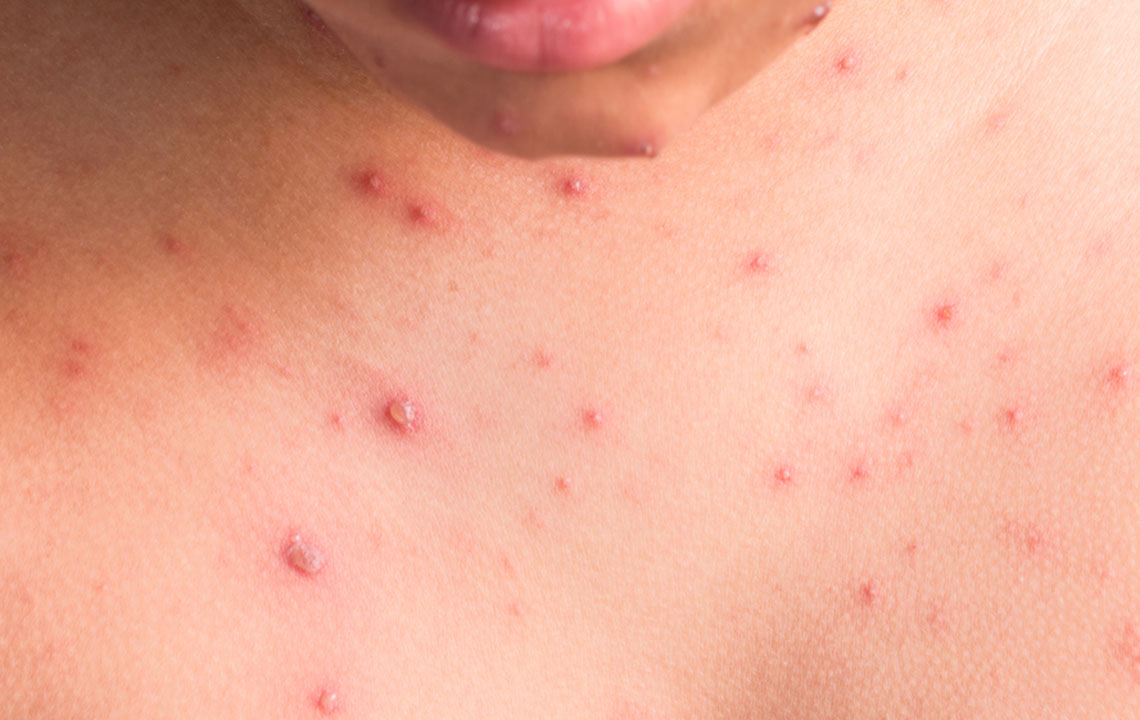Comprehensive Guide to Detecting and Preventing Tick Bites for Better Health
This comprehensive guide offers detailed strategies for detecting and preventing tick bites. It emphasizes the importance of early identification, understanding tick behavior, and adopting effective preventive measures. Learn about identifying tick bites, recognizing high-risk areas, and using tick repellents to protect yourself from tick-borne diseases like Lyme disease. The article also recommends specific products and practical tips to reduce outdoor exposure and improve safety during outdoor activities. Staying vigilant and prepared is key to reducing health risks associated with tick encounters.
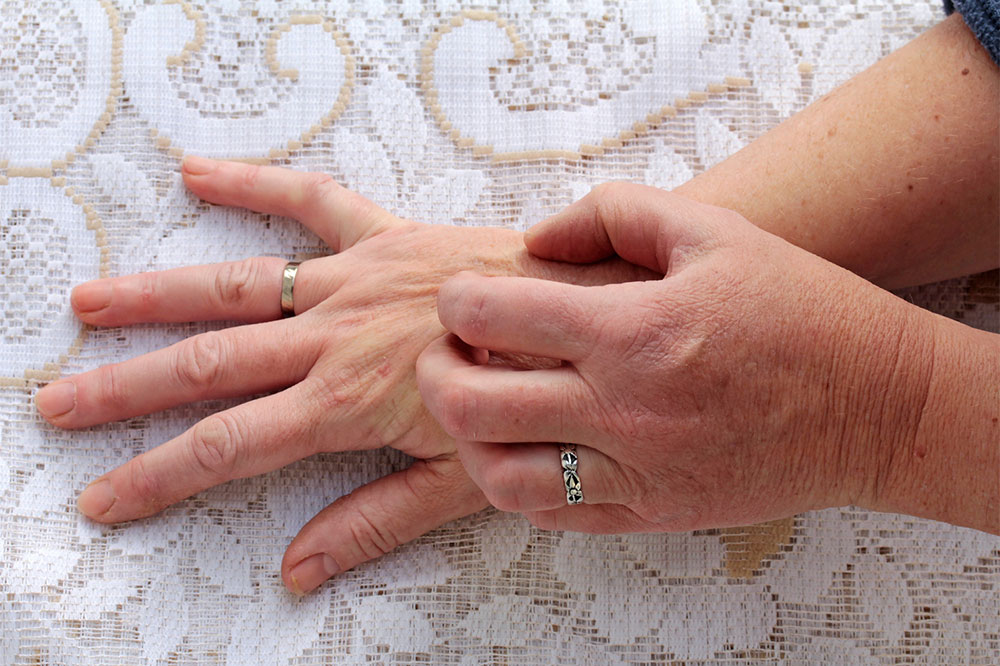
Effective Techniques for Spotting and Avoiding Tick Encounters
Ticks are small, arachnid parasites that pose significant health risks to both humans and animals. These tiny parasites latch onto hosts such as humans, pets, and wildlife to feed on blood, often going unnoticed until they become a health concern. While pets are more susceptible to tick bites, humans are at risk of tick-borne diseases, including Lyme disease, Rocky Mountain spotted fever, and others. Early detection and preventative practices are crucial in avoiding tick bites and the potential illness transmission they can cause.
The risk of tick bites increases during outdoor activities in wooded, grassy, or brush-heavy environments. Recognizing the presence of ticks and understanding how to prevent bites can considerably reduce health dangers associated with tick-borne illnesses. This comprehensive guide aims to inform you about the best detection methods and preventive measures to keep yourself and your loved ones safe from ticks.
Identifying a Tick Bite
A tick bite often appears as a red or darkened circular bump on the skin, similar to a mosquito bite. However, unlike mosquito bites, tick bites are usually isolated to a single spot, as ticks tend to latch onto a single point for feeding. An important indicator of a tick bite is the presence of a slowly enlarging bump that may remain attached for up to 10 days. During the feeding process, the tick’s body may appear engorged or swollen as it consumes blood. Recognizing these signs early can facilitate prompt removal and reduce health risks.
In cases where the tick transmits bacteria during feeding, a characteristic rash known as a “bullseye” or erythema migrans rash can develop within 3 to 30 days after attachment. This rash often expands outward and can reach 12 inches or more in diameter. Additional symptoms, such as fever, chills, fatigue, muscle aches, and joint pain, may accompany the rash, indicating possible Lyme disease or other infections. Multiple rashes or increasing size signals a need for immediate medical consultation to evaluate potential infections.
Ticks prefer moist, warm, and dark environments, making certain areas of the body more prone to bites. These areas include the groin, underarms, behind the ears, the navel, waistline, and behind knees. Once a tick attaches, it typically remains stationary while feeding, which makes thorough body checks essential after outdoor activities. Ticks often bite and then detach after feeding, which usually lasts about 10 days. Removing ticks early and consulting a healthcare professional can significantly reduce the chance of disease transmission. The key to safety is vigilance and prompt action.
Preventive Strategies to Reduce Tick Encounters
Preventing tick bites begins well before heading outdoors. Since a tick needs approximately 24 hours to transmit illnesses such as Lyme disease, taking proactive measures can be highly effective. Here are essential prevention strategies to protect yourself and your loved ones:
Stay in the center of trails when hiking or walking through wooded or grassy areas, minimizing accidental contact with ticks.
Shower within two hours of outdoor activities to wash off unattached ticks and perform thorough body checks.
Inspect your entire body meticulously for ticks, paying close attention to hidden areas like behind the ears, inside the belly button, and underarms.
Check clothing thoroughly for attached ticks, especially around shoes, socks, and cuffs.
Tumble-dry clothing on high heat for at least 10 minutes to kill any ticks that may be hiding in your clothes.
Use of Tick-Repellent Products
While standard precautions significantly decrease the risk, applying tick-repellent products enhances protection, especially in high-risk environments. Some trusted and effective options include:
Insect Shield Golf & Sport Ankle Socks
Designed with EPA-registered permethrin, these socks provide reliable tick deterrence while ensuring comfort during outdoor outings. They are priced at approximately $10.95 and are a practical addition to your outdoor gear.Equinox Guard Pants
Made from specially engineered fabric that reduces bites and features Insect Shield® protection, these pants are ideal for long hikes or outdoor work. They cover more skin and reduce exposed areas — crucial for tick prevention. Available at around $249 on SitKagear’s official website, they come in various sizes for an optimal fit.Vet’s Best Outdoor Flea & Tick Spray
Formulated with natural ingredients, this spray is intended for use on outdoor surfaces such as kennels, lawns, and patios to prevent tick infestations in your pets and yard. It is not directly applied to animals but effectively creates a tick-free environment. Available for about $13.29 on Chewy.Lemon Eucalyptus Oil Mosquito & Tick Repellent Spray
Made with plant-based ingredients recommended by the CDC, this spray can be applied to exposed skin and clothing to repel ticks naturally. It provides an eco-friendly, chemical-free option for outdoor protection, with a 4 oz. bottle priced at approximately $9.99 from Murphy’s website.Implementing these strategies and products consistently can significantly minimize your chances of encountering ticks and reduce the risk of serious tick-borne illnesses. Education, vigilance, and proactive preventive measures are the best defenses in safeguarding your health against these tiny but potentially dangerous parasites.

